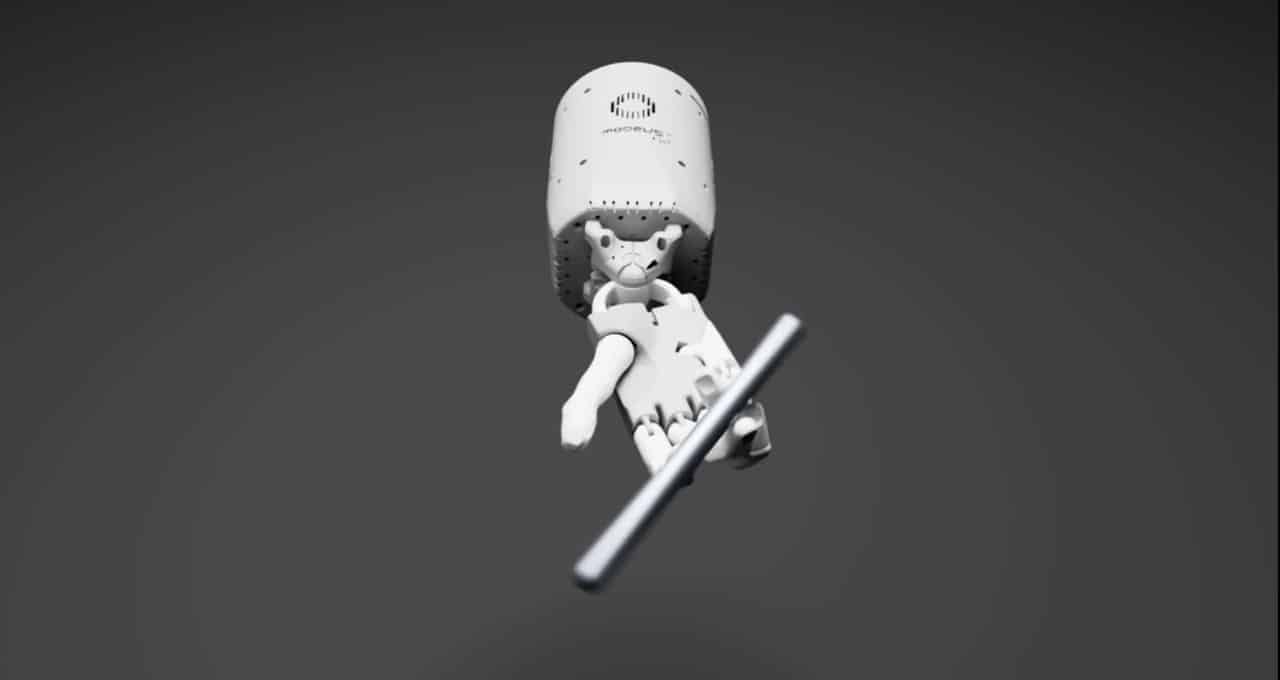Eureka! NVIDIA Research Breakthrough Puts New Spin on Robot Learning by harnessing the power of Large Language Models (LLMs)
Harnessing the power of Large Language Models (LLMs) to learn complex low-level manipulation tasks, such as dexterous pen spinning, has always been an open problem, NVIDIA bridges this fundamental gap with Eureka. Eureka is a human-level reward design algorithm powered by Large Language Models (LLMs) the new AI agent developed by NVIDIA Research that can teach robots complex skills has trained a robotic hand to perform rapid pen-spinning tricks — for the first time as well as a human can.

Eureka, a new AI agent developed by NVIDIA Research that can teach robots complex skills has trained a robotic hand to perform rapid pen-spinning tricks — for the first time as well as a human can.
The stunning prestidigitation, is one of nearly 30 tasks that robots have learned to expertly accomplish thanks to Eureka, which autonomously writes reward algorithms to train bots.
Eureka has also taught robots to open drawers and cabinets, toss and catch balls, and manipulate scissors, among other tasks.
The Eureka research, published today, includes a paper and the project’s AI algorithms, which developers can experiment with using NVIDIA Isaac Gym, a physics simulation reference application for reinforcement learning research. Isaac Gym is built on NVIDIA Omniverse, a development platform for building 3D tools and applications based on the OpenUSD framework. Eureka itself is powered by the GPT-4 large language model.
“Reinforcement learning has enabled impressive wins over the last decade, yet many challenges still exist, such as reward design, which remains a trial-and-error process,” said Anima Anandkumar, senior director of AI research at NVIDIA and an author of the Eureka paper. “Eureka is a first step toward developing new algorithms that integrate generative and reinforcement learning methods to solve hard tasks.”
AI Trains Robots
Eureka-generated reward programs — which enable trial-and-error learning for robots — outperform expert human-written ones on more than 80% of tasks, according to the paper. This leads to an average performance improvement of more than 50% for the bots.
Robot arm taught by Eureka to open a drawer.
The AI agent taps the GPT-4 LLM and generative AI to write software code that rewards robots for reinforcement learning. It doesn’t require task-specific prompting or predefined reward templates — and readily incorporates human feedback to modify its rewards for results more accurately aligned with a developer’s vision.
Using GPU-accelerated simulation in Isaac Gym, Eureka can quickly evaluate the quality of large batches of reward candidates for more efficient training.
Eureka then constructs a summary of the key stats from the training results and instructs the LLM to improve its generation of reward functions. In this way, the AI is self-improving. It’s taught all kinds of robots — quadruped, bipedal, quadrotor, dexterous hands, cobot arms and others — to accomplish all kinds of tasks.
The research paper provides in-depth evaluations of 20 Eureka-trained tasks, based on open-source dexterity benchmarks that require robotic hands to demonstrate a wide range of complex manipulation skills.
The results from nine Isaac Gym environments are showcased in visualizations generated using NVIDIA Omniverse.
Humanoid robot learns a running gait via Eureka.
“Eureka is a unique combination of large language models and NVIDIA GPU-accelerated simulation technologies,” said Linxi “Jim” Fan, senior research scientist at NVIDIA, who’s one of the project’s contributors. “We believe that Eureka will enable dexterous robot control and provide a new way to produce physically realistic animations for artists.”
It’s breakthrough work bound to get developers’ minds spinning with possibilities, adding to recent NVIDIA Research advancements like Voyager, an AI agent built with GPT-4 that can autonomously play Minecraft.
NVIDIA Research comprises hundreds of scientists and engineers worldwide, with teams focused on topics including AI, computer graphics, computer vision, self-driving cars and robotics.
Download the comprehensive Eureka paper (PDF file) below or Click here to learn more about Eureka and Learn more about NVIDIA Research.





































